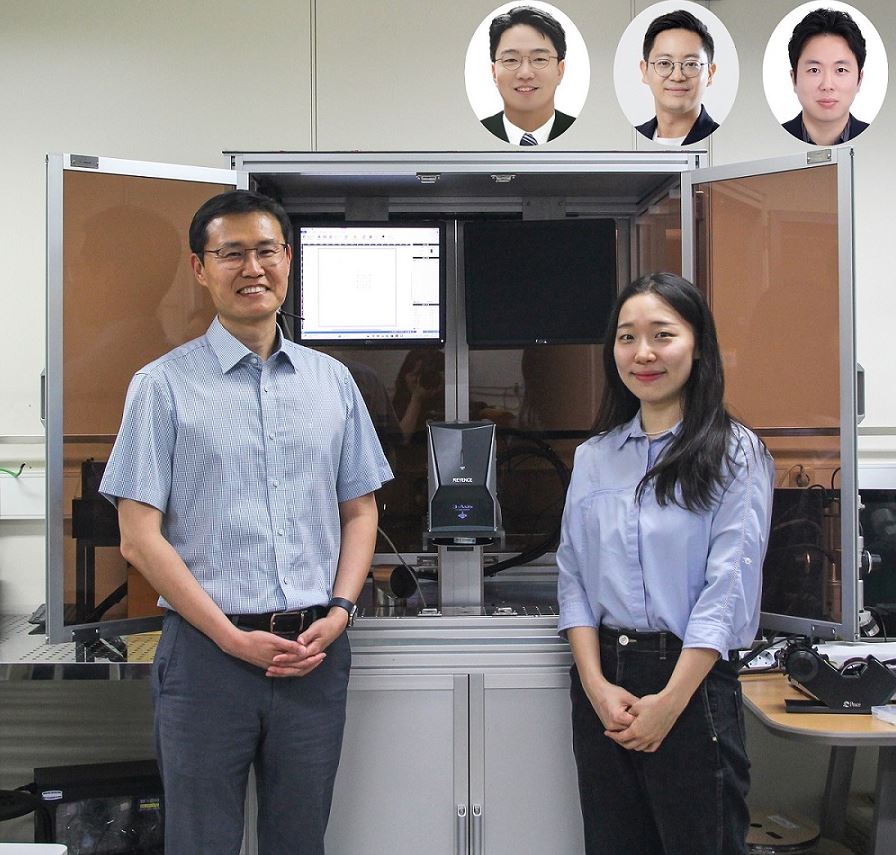 Researchers at KAIST and Seoul National University have unveiled an electronic ink that lets you print circuits at room temperature—circuits that can effortlessly switch from a rigid form to a soft, flexible state. If you’ve ever wrestled with the limitations of fixed electronics, this new approach offers a refreshing alternative.
Researchers at KAIST and Seoul National University have unveiled an electronic ink that lets you print circuits at room temperature—circuits that can effortlessly switch from a rigid form to a soft, flexible state. If you’ve ever wrestled with the limitations of fixed electronics, this new approach offers a refreshing alternative.
The magic happens thanks to gallium, a metal that exists in both solid and liquid phases. By dispersing gallium particles in a polyurethane matrix with dimethyl sulfoxide (DMSO), the team developed a pH-controlled ink that overcomes gallium’s high surface tension and phase instability. When heated, the DMSO breaks down to create an acidic environment that removes the gallium oxide layer, enabling the particles to form conductive networks with adjustable mechanical properties.
This method allows the printed circuits to achieve fine details of around 50 μm and maintain high conductivity (2.27 × 10⁶ S/m), along with a stiffness modulation ratio of up to 1,465. Imagine a device that stays ultra-rigid for demanding applications but softens to become a comfortable, wearable piece for healthcare, or a neural probe that’s firm enough for surgical insertion but softens within brain tissue to reduce irritation.
Led by Professors Jae-Woong Jeong, Seongjun Park, and Steve Park, the research not only paves the way for sophisticated multilayer circuit printing comparable to traditional PCBs but also holds promise for innovations in medical devices and robotics. By controlling the ink’s acidity, they’ve opened up a path for room‑temperature fabrication without the inflexibility of standard electronics.








